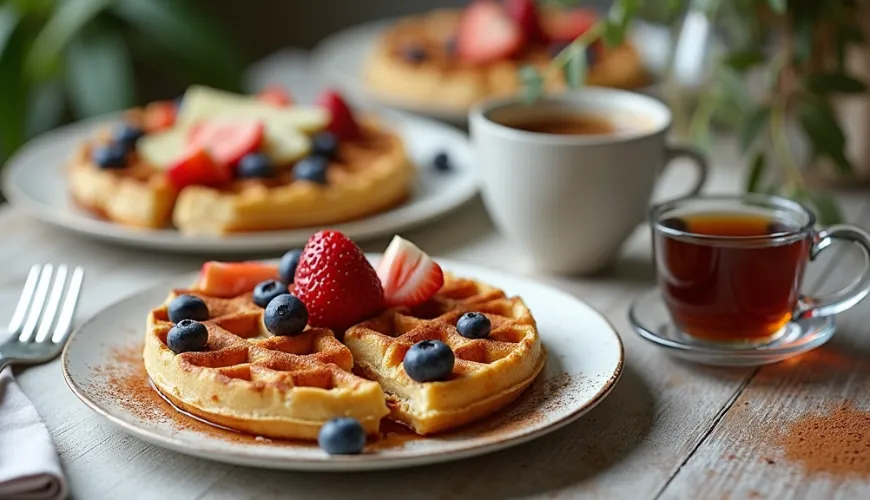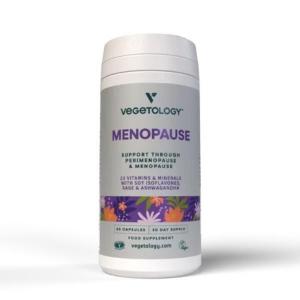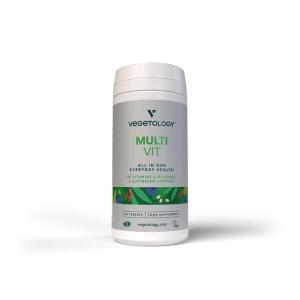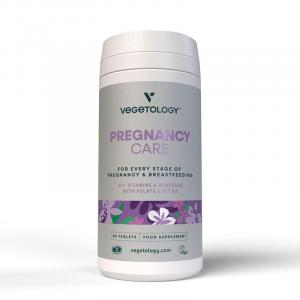
How to Recognize Osteopenia and What It Means for Our Health

What is Osteopenia and Why Should We Pay Attention to It
Osteopenia. A word we might not be as familiar with as osteoporosis, yet we should be concerned if it appears in a medical report. It refers to a condition of reduced bone density, which can be a precursor to a more serious problem—osteoporosis. Although osteopenia itself is not a disease, it is a warning signal that bones are starting to lose their strength and that it's time to make some changes.
Before we delve into the details, it's good to ask the fundamental question: what exactly is osteopenia? It is a condition where bone density is lower than normal but not low enough for a doctor to diagnose osteoporosis. Bone density is measured using a test called densitometry (DEXA), which determines the so-called T-score. A value between -1.0 and -2.5 indicates osteopenia. The lower the number, the more the bone loses its strength and elasticity.
Silent Warning Without Pain
The deceitfulness of osteopenia lies in the fact that it usually doesn't hurt or show clear symptoms. A person often has no idea that something is changing in their body until an injury occurs—for example, a common fall resulting in a broken wrist or thigh bone. In such cases, it is often only in retrospect that it is revealed that bone density had been reduced for a long time.
Nevertheless, there are certain signals that we should pay attention to. People with osteopenia may experience more frequent back pain, especially in the lumbar spine, where vertebrae compression occurs. There may also be noticeable loss of height, posture changes, or increased nail brittleness. These manifestations are often attributed to fatigue, aging, or poor posture, and therefore go unnoticed for a long time.
Osteopenia of the Lumbar Spine and Hip – Most Frequently Affected Areas
Not all bones in the body are equally resilient. Some parts are more stressed and also more frequently affected by thinning bones. The most vulnerable areas include the lumbar spine and the femoral neck – that is, the hip. Osteopenia of the hip is particularly dangerous because a fracture in this area can have fatal consequences in older people.
For example, Mrs. Jana, an active retiree from Brno, slipped while walking down the stairs at home. The fall was followed by pain and the doctor's verdict: a femoral neck fracture and a surprising finding – osteopenia. Until then, Jana felt healthy, was active in sports, and had no idea that her bones were weakened. This case is not exceptional—the risk of osteopenia and subsequent osteoporosis is significantly higher in women after menopause due to the decline in estrogen levels, which is crucial for bone metabolism.
Why Do Bones Thin?
Bone is living tissue that is constantly being remodeled. Old cells are broken down and new ones are formed. This process is natural and in balance until factors disrupting the balance appear. With age, the formation of new bone cells slows down, leading to a loss of density. In addition to aging, other influences play a role. A lack of calcium and vitamin D, insufficient exercise, smoking, excessive alcohol consumption, or genetic predispositions. Long-term treatment with certain medications, such as corticosteroids, is also risky.
It is no coincidence that osteopenia is increasingly diagnosed in women over 50, but it also appears in younger individuals, especially those who lead a sedentary lifestyle, suffer from eating disorders, or undergo hormone therapy.
What Can We Do to Prevent Osteopenia?
Prevention is key. Although bone density naturally decreases with age, much can be influenced by lifestyle. A healthy diet rich in calcium and vitamin D is fundamental. Dairy products, green leafy vegetables, fish like salmon or sardines—these are foods that should regularly appear on the plate. Vitamin D can be obtained not only from food but also from sunlight, although in our latitudes it is scarce in the winter months.
Equally important is regular exercise. Strength training, walking, running, or yoga help keep bones and muscles strong. Experts recommend at least 30 minutes of exercise daily—whether it's a brisk walk or bodyweight exercises.
It is also important to avoid excessive amounts of caffeine and alcohol, quit smoking, and monitor hormone levels—especially in post-menopausal women, hormone replacement therapy can help slow down bone mass loss.
When to Get Tested?
If there is a family history of osteoporosis, if you are a woman over 50, or if there is frequent back pain, it is advisable to ask a doctor for a bone density test. Densitometry is a quick, non-invasive, and painless examination that can detect even the initial phase of bone thinning. Thanks to early detection, lifestyle adjustments can be made, and dietary supplements or medication can be administered to slow down bone mass loss.
What to Do If We Already Have Osteopenia?
A diagnosis of osteopenia is not a reason to panic but definitely a prompt for change. First and foremost, it is necessary to focus on fall prevention, which can lead to fractures. This includes adapting the home environment (removing loose rugs, securing stairs, ensuring adequate lighting), as well as strengthening balance and coordination through exercise.
It is also advisable to consult a doctor about suitable dietary supplements—calcium, vitamin D, possibly magnesium or vitamin K2 can help keep bones in better condition. Sometimes, a doctor may also recommend medication, especially if the risk of progressing to osteoporosis is high.
Try our natural products
And as the well-known osteologist Prof. MUDr. Eva Záloudková says: "The best medicine for osteoporosis is the prevention of osteopenia." Timely care for bones is an investment that can pay off decades later.
Natural Way to Healthy Bones
For those looking for more natural ways to support health, there are a variety of natural supplements and foods that can benefit bones. Fermented products like kefir or kimchi, seeds (especially sesame and chia), nuts, legumes, and seaweed—all contain nutrients important for bone metabolism. Many people also successfully incorporate herbal supplements containing extracts from horsetail, nettle, or sea buckthorn into their diet, which support mineral absorption.
Today, there are also eco-friendly household products that do not contain harmful chemicals—these can indirectly affect hormonal balance, and thus bone health. In short, healthy bones are not just a matter of calcium, but an overall lifestyle.
Finally, it is important to realize that osteopenia is not the end but the beginning of a journey. A journey on which we have the chance to choose the direction—whether we head towards health or ignore the subtle signals of the body. The choice is up to each of us.




